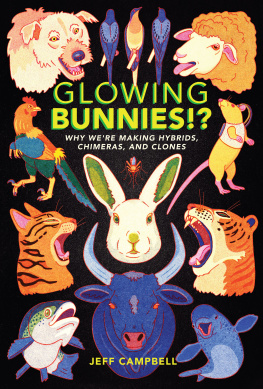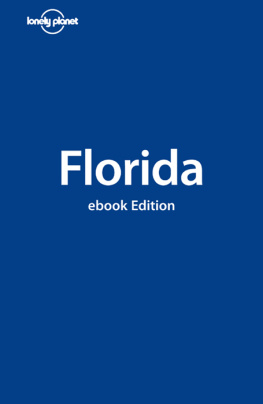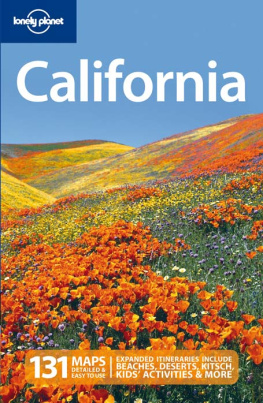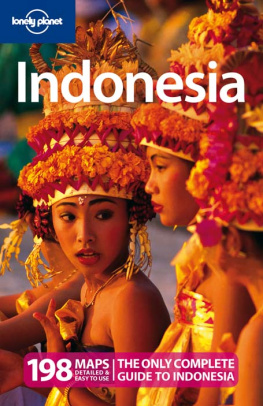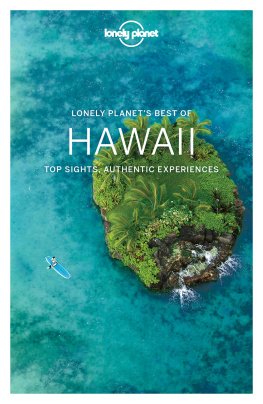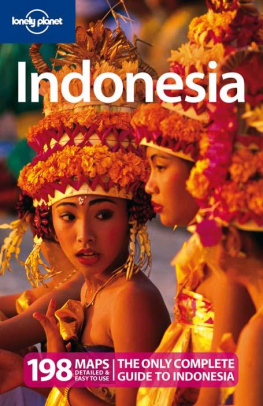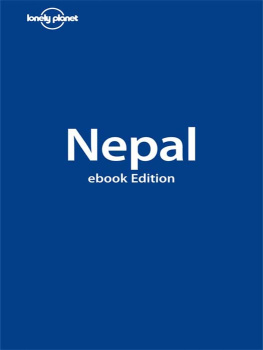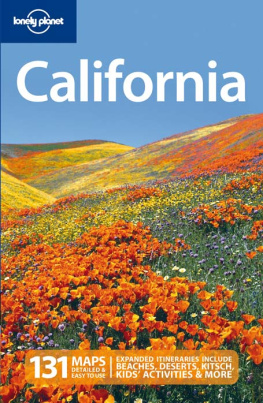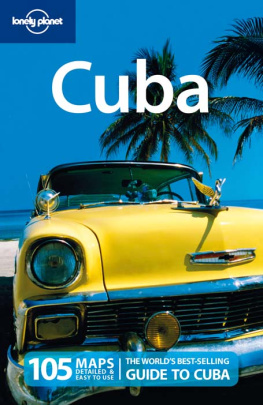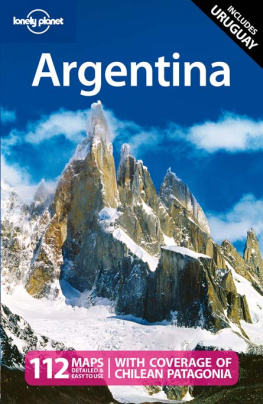Destination Hawaii
It is easy to see why Hawaii has long been synonymous with paradise. Just look around at the sugary beaches and rustling palms, at the sculpted emerald cliffs, at the coral reefs and smoking volcanoes. The natural beauty of these scattered islands in the cobalt blue Pacific Ocean is heavenly without the need for promotional embellishment.
Hawaii is that rare place where uniqueness abounds. It is certainly the USAs most unique state, but even within Polynesia it stands out. The islands Native Hawaiian culture distinguishes it, of course, but nowhere else will you find its particular blend of ethnicities, its pidgin tongue, its amalgam of East and West. Almost halfway between continental Asia and North America, Hawaii lives at the edge of both, yet fashions its own fluid center in the middle of the sea.
What is unique, though what is endemic to a particular ecosystem can be easily knocked out of balance and lost. Hawaii has never been more aware of its own fragility. This applies to its environment, which modern industry and invasive species threaten daily; to its economy, which is not built for the long-term sustainability of either the land or its residents quality of life; and to its multiethnic society and its aloha spirit that much-abused shorthand for the inherited ancient Hawaiian traditions of reciprocity, openness and mutual loving care.
Fast Facts
Population: 1,288,198
Gross state product: $63.4 billion
Median household income: $63,750 (5th in the US)
Miles of coastline: 750
Size: 6450 sq miles (the USAs fourth smallest state)
Percentage of marriages that are interethnic: about 50%
Percentage of residents who want mandatory recycling: over 80%
Energy produced from oil: 89%
Energy from alternative sources: 5%
Average number of tourists in Hawaii each day: 180,000
Cans of Spam consumed in Hawaii annually: 7 million
These issues are not unique to Hawaii, but Hawaiis island ecology makes them unusually urgent. Like a canary in a coal mine, Hawaii is sounding a warning about the need to adopt a self-sustaining island mentality. For half a millennium Hawaii existed in complete isolation and its people flourished; today the state imports over 85% of its food and fuel, and residents like to ask, Could we survive if the boats stop coming? The answer, right now, is no. But Hawaii sees what it must do to change, and there has been no greater validation of its perspective than the 2008 election of Hawaii-born Barack Obama as the 44th US president.
Hawaii is naturally proud simply to have one of its own in the White House someone who appreciates shave ice and can bodysurf like a local. Born and mostly raised on Oahu, the child of a white American mother and a black Kenyan father, Obama attended the exclusive Punahou School, where he graduated from high school in 1979 (for a tour of Obamas old neighborhood, ). After that, he left Hawaii, getting a law degree at Harvard and a political education in Chicago, but as First Lady Michelle Obama has said, You cant really understand Barack until you understand Hawaii.
For Hawaii residents, a lot of what that means is understanding the dynamics of a multicultural household and a multiracial heritage. Hawaii was the last state to join the Union in 1959, largely because of US political reluctance to embrace its ethnically mixed population. Now, 50 years later, President Obamas calls for consensus-building and respect for diversity, his emphasis on renewable energy, his hopes to build a balanced economy that sustains all peoples and environments these national aspirations also exemplify, and may in part arise from his upbringing in, Hawaii.
Sustainability is the mantra on every Hawaii politicians lips. Since 2005, the state has been developing a comprehensive sustainability plan called Hawaii 2050 that, when passed, will be used to help guide the legislature in its decision making. As much as its specific proposals, the novel, statewide effort to define sustainability agreeing to a vision of Hawaiis ideal self and then establishing concrete ways of measuring it is helping instill that ethic in every community.
Hawaiis economy is overdependent on tourism, construction and real estate three entwined activities that take a heavy toll on the environment and are particularly sensitive to recession. When recession then swept the nation in 2008, Hawaiis tourism nose-dived and construction stalled, and by years end state revenue shortfalls had soared to nearly $2 billion. Much like President Obama, Hawaiis governor Linda Lingle has proposed that Hawaii spend its way out of trouble, and shes offered a $1.8 billion stimulus plan to fund a host of public works. New highways and bridges are the main focus, but improving Hawaiis communication infrastructure, to attract high-tech industry and help diversify the economy, is another goal. Supporting small-farm agriculture, and emphasizing a buy local mentality, will also hopefully increase economic stability by decreasing Hawaiis reliance on others.
Though the recession will clearly slow certain changes, one area where Hawaii is not waiting is energy. In 2008 Governor Lingle signed the Hawaii Clean Energy Initiative (HCEI), which sets the goal of having a 70% clean energy economy by 2030. Hawaii is the USAs most oil-dependent state (spending $7 billion annually on foreign oil), and it has the high utility bills to prove it. With HCEI, its now pursuing every renewable and clean energy option available wind farms on Maui, geothermal and biomass on the Big Island, electric cars on Oahu, in addition to remaking its electricity grid. If it succeeds, Hawaii would become the first economy based primarily on clean energy (see http://hawaii.gov/dbedt/info/energy/hcei).
This would be revolutionary. However, lower bills and less pollution wont solve Hawaiis dire fight against invasive species. In fact, recession-inspired budget cuts may gut eradication efforts, despite the fact that Hawaiis unique ecosystems in which 90% of all species are endemic cannot survive intact without human intervention.
Intertwined with these issues is the one of quality of life. Tourism brings in about 7 million visitors annually, five times the state population. This impacts on everyday life crowding the roads, the beaches, the surfing spots and driving up the price of real estate. Among cities, Honolulu has the third-highest cost of living in the country. While residents accept with equanimity a certain paradise tax, theres the uncomfortable sense that costs have become too high.
Maintaining Hawaiis cultural identity is intimately linked to the health of the Native Hawaiian community, whose income levels and educational achievements typically fall below state averages. Recent years have seen some improvements (like increased dispersal of Hawaiian Home Lands and the continued funding of Hawaiian Charter Schools), but state programs like these aimed solely at helping Native Hawaiians have given rise to controversies over race-based preferential treatment. Many feel the solution to this is for Native Hawaiians to be federal recognized as an indigenous people who could, similar to Native American tribes, maintain some form of sovereign self-government. Legislation asking for this, the Akaka Bill, has sat before the US Congress since 2000. Yet there is now excited hope that it might soon be passed because the nations new president is someone who understands Hawaii and has pledged to support it.
Ask locals about all this and they freely acknowledge the challenges facing their state. They are also quick to add that they wouldnt live anywhere else. Hawaii may be endangered, but it possesses a beauty and spirit that can be found nowhere else. Plus, if Hawaii can achieve a sustainable balance, it may do more than save itself. It may become a model for the nation.



